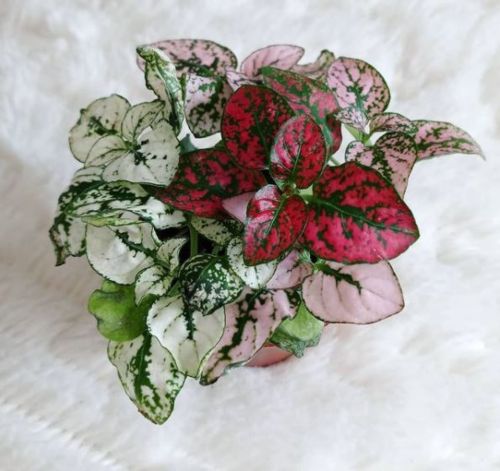Using live plants in your nursery is trending right now and for good reason. Greenery is often incorporated into neutral nurseries to bring color and warmth, and they work as an added natural element no matter what your style or color scheme is.
An added benefit? Houseplants are natural air-purifiers. Plants absorb gases and pollutants through pores on their leaves, and recent studies show that they can absorb VOCs such as benzene and formaldehyde.1Do Indoor Plants Really Clean the Air?
livescience.com Talk about a win-win! Read on for our favorite plants to spruce up your baby’s sweet space.
Tips for decorating with plants
- Don’t go overboard. Adding too many houseplants to a nursery leaves less space for the baby’s things, which will only multiply as they grow.
- Plant stands may be a no-no. That precious little newborn won’t be still for long. In a few months, you’ll have a scooter, crawler, and general destroyer of fragile things. Shoot for large potted plants or smaller plants on a dresser or shelf. Keep in mind that your plant may have to find a new home during the seek-and-destroy phase.
- Avoid toxic plants. It seems obvious, but choose a non-toxic plant for the nurser. Many popular plants are mildly toxic when ingested, and Poison Control recommends that children are supervised when around mildly toxic plants. Check out this comprehensive list of toxic plants.
- Go low-maintenance. Maintaining the baby will be time-consuming enough, so choose a plant that’s relatively easy to care for.
1. Polka dot plant
The polka dot plant gets its name from the bright pink, purple, white, or red spots on the leaves. They’re fairly small plants, ideal for a little pot in a nursery. When indoors, they do best with bright but indirect sunlight and rich soil that’s consistently moist.
2. Spider plant
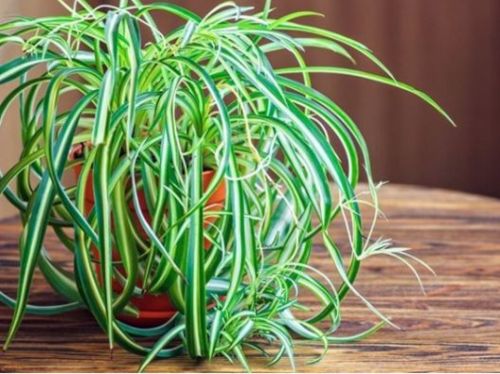
You’ve probably seen a spider plant in several homes and offices before because they’re non-toxic, air-purifying, and very easy to grow. If you’re a gardening novice, the spider plant is a great place to start. They like indirect sunlight and well-drained soil that can dry out a bit between waterings.
3. Money tree

This purifying and resilient small tree is thought to promote positive energy in the home. The braided trunk and shiny green leaves grow quickly, reaching about 6-8 feet when kept inside. Water well-draining soil regularly (but don’t overwater!), keep in indirect sunlight, and regularly prune the lower leaves.
4. Baby’s tears
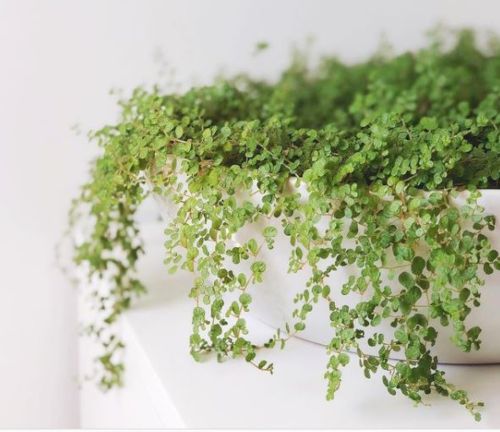
Beautiful as a hanging plant or a small potted plant, baby’s tears have cute, tiny little leaves that spill over the sides of the pot. They grow quickly in moderate sunlight with well-drained soil, and they do not like to dry out. If the leaves begin to wilt, water them well and they should perk up.
5. Parlor palm

While many palms are not safe for kids and pets, the parlor palm is non-toxic and safe for your nursery. They’re very popular houseplants because they require low light, not a lot of water, and can survive low temperatures. They get about 2-6 feet tall indoors in a 3-gallon pot, and when cut, the fronds survive for over a month in wreaths or arrangements.
6. Burro’s tail succulent

If you’re looking for a little low-maintenance greenery, the burro’s tail succulent is an excellent choice. This plant will do well in a well-drained pot or hanging basket in bright sunlight, making it ideal for a windowsill or sunny room. It likes to be ignored and watered once a month. Perfect for new moms!
7. Bird of paradise

The beautiful houseplant has large tropical leaves and stands about 3-8 feet tall. It will do best in a large planter in direct sunlight and prefers moist soil that dries out on the top layer between waterings. There’s also a resting period during winter where they require less water due to decreased sunlight. This plant loves humidity and hates drafts.
8. Fittonia

The fittonia plant has small olive-green leaves that can have white, pink, or red veining. They prefer indirect sunlight, although they can handle different types of lighting. If the leaves become less vibrant or burnt, it means you need to adjust the lighting. They like to be kept moist with humidity and misting.
9. Boston fern
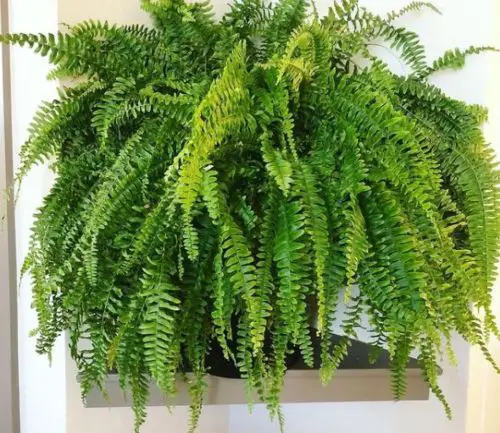
One of the best plants at air-purifying and completely non-toxic, Boston ferns are a luscious, bright choice for any nursery. Ferns like humidity, misting, and indirect sunlight, so they won’t complain if you stick them in the bathroom every now and again.
There’s also the bird’s nest fern, a smaller option that looks more tropical, and the rabbit’s foot fern, which is a bit heartier than other ferns.
10. African violet
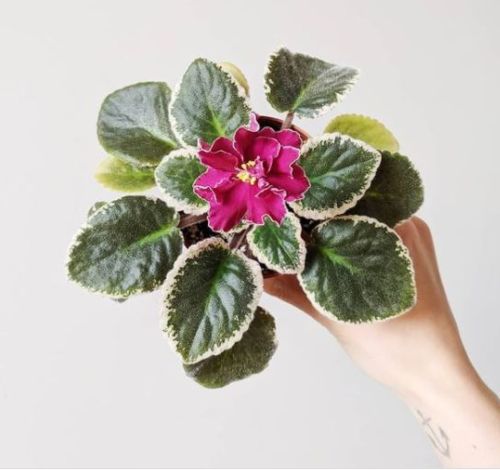
If you want greenery with a pop of color, African violets flower a few times a year if they receive a little special care. While these plants aren’t super low-maintenance, the flowers that come in purple, blue, red, pink, and white will make your efforts worthwhile. They like bright and indirect sunlight, well-drained soil moistened with warm water, and humidity.
EDITOR’S NOTE
Remove any dead flowers or leaves, and don’t let the water touch their leaves directly.
A word about the fiddle-leaf fig
If you’ve been on Instagram in the past couple of years, you’ve most likely seen fiddle-leaf fig trees taking over. While they are commonly seen in nurseries, we don’t recommend them because they are neither low-maintenance nor non-toxic.
Fiddle-leaf figs are hard to please- they like humidity and the perfect balance of moisture and sun that can be difficult to find. Even more concerning: the leaves and sap are toxic when ingested by pets or children. Try a fake fiddle-leaf fig, a smaller one kept up on a shelf, or a tree in another room where you can supervise.



